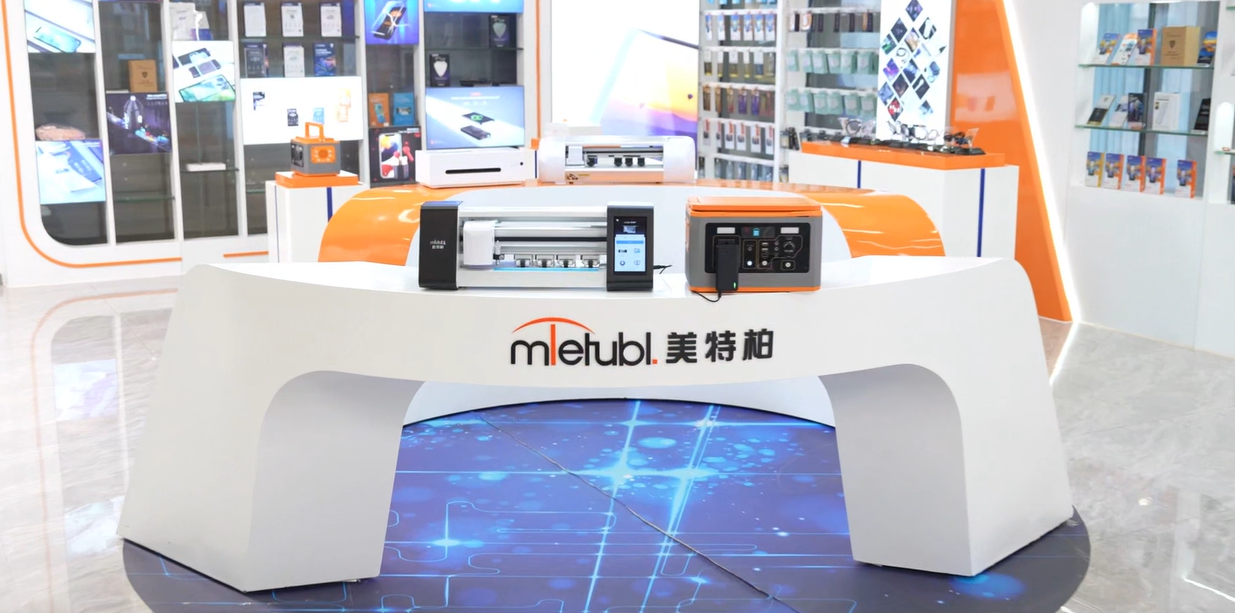
MIETUBL Brand Overview
MIETUBL is a brand originating from China and thriving through China’s intelligent manufacturing. It is committed to providing high-quality mobile accessories and related products to global consumers. Since its inception in 1998, the brand has followed the trends of the times, focusing on resource integration and building a symbiotic and shared industry ecosystem, enabling global consumers to conveniently access quality products that enhance their lives.
By continuously innovating and diversifying its product offerings, MIETUBL has achieved significant success in the mobile accessory industry. As a brand driven by customer value and innovation, MIETUBL has expanded into various product applications while accumulating rich industry experience and establishing a stable customer base. Headquartered in Zengcheng, Guangzhou, the company has strategically positioned itself within the mobile accessory industry, integrating high-quality production resources and aiming for a win-win business model.
Core Values and Development Vision:
-
Customer-Centric: MIETUBL always prioritizes customer needs, continually enhancing product quality and consumer experience through innovation and technological research and development.
-
Resource Integration and Industry Symbiosis: By integrating industry resources, MIETUBL creates a symbiotic, shared industry ecosystem, connecting global distributors and consumers, and promoting mutual growth across the value chain.
-
Global Vision: MIETUBL is committed to bringing Chinese manufacturing to the world, providing global consumers with high-quality, innovative mobile accessories, while offering profitable opportunities for distributors.
MIETUBL’s long-term vision is to continually enhance its products through innovation and quality, establishing “MIETUBL” as a globally trusted brand, recognized in markets around the world.
PRODUCTS
How to Cut Tempered Glass: Tips and Techniques
Why Cutting Tempered Glass is Difficult
The inherent strength of tempered glass stems from a specialized heat-treating process. This process involves heating the glass to a high temperature and then rapidly cooling it. This rapid cooling creates compressive stresses on the surface of the glass and tensile stresses within the interior. This internal stress distribution is what gives tempered glass its exceptional strength. However, any attempt to cut or score the surface disrupts this carefully balanced stress equilibrium. Instead of cleanly breaking along a scored line, the internal stresses cause the glass to shatter violently and unpredictably into numerous small, sharp fragments, posing significant safety risks. This makes traditional glass-cutting methods completely ineffective and potentially dangerous.
Furthermore, the unpredictable nature of the shattering makes precision cutting practically impossible. There’s no way to guarantee a clean break or to control the size and shape of the resulting fragments. Unlike annealed glass, which can be carefully scored and snapped to achieve a desired shape, tempered glass offers no such predictability. This inherent unpredictability is why professionals generally avoid attempting to cut tempered glass altogether, opting instead for pre-cut pieces or alternative materials when precise shaping is required.
Alternatives to Cutting: The Practical Approach
Given the extreme difficulty and inherent dangers of cutting tempered glass, the most practical approach is to avoid cutting it altogether. For most applications, pre-cut tempered glass panels are readily available in various sizes and shapes. This eliminates the risks associated with attempting to cut the material yourself and ensures a safe, professionally finished product. Manufacturers offer a wide selection of sizes and thicknesses to suit different needs, making this the safest and most efficient option for the vast majority of projects.
If a custom shape is absolutely required, consider alternative materials. Other types of safety glass, such as laminated glass, offer similar safety benefits without the same cutting difficulties. While laminated glass can be cut with specialized tools and techniques, the process is significantly safer and more predictable than attempting to cut tempered glass. This approach avoids the inherent risks and allows for more controlled shaping while maintaining the desired safety characteristics.
Safety Precautions: Prioritizing Personal Safety
Even if you are considering alternative options, it's crucial to understand the safety implications associated with handling tempered glass. Always wear appropriate safety equipment, including safety glasses and gloves, when handling any type of glass, especially tempered glass. Avoid direct impacts or excessive pressure on the glass, as even seemingly minor impacts can cause catastrophic failure. If you must handle tempered glass, do so carefully and gently, minimizing the risk of accidental breakage.
If breakage does occur, exercise extreme caution when handling the fragments. Tempered glass shatters into many small, razor-sharp pieces, posing a significant risk of cuts and injuries. Use appropriate cleaning tools and dispose of the fragments responsibly, avoiding direct contact with the shards. In case of significant injury, seek immediate medical attention.
Specialized Equipment and Techniques (Limited Applicability)
While generally not recommended, some specialized equipment and techniques exist that claim to cut tempered glass. These usually involve using specialized diamond-tipped tools and extremely controlled cutting processes, often performed by experienced professionals using industrial-grade equipment. However, even with these advanced methods, the risk of uncontrolled shattering remains. The unpredictable nature of tempered glass still makes precision cuts extremely difficult and inherently dangerous, even with advanced tools.
In summary, cutting tempered glass is generally discouraged and should only be attempted by highly skilled professionals with specialized equipment and an understanding of the inherent risks. For most applications, utilizing pre-cut tempered glass or exploring alternative materials like laminated glass represents a far safer and more practical approach, guaranteeing better results and minimizing the potential for injury.
SUBSCRIBE
INQUIRY